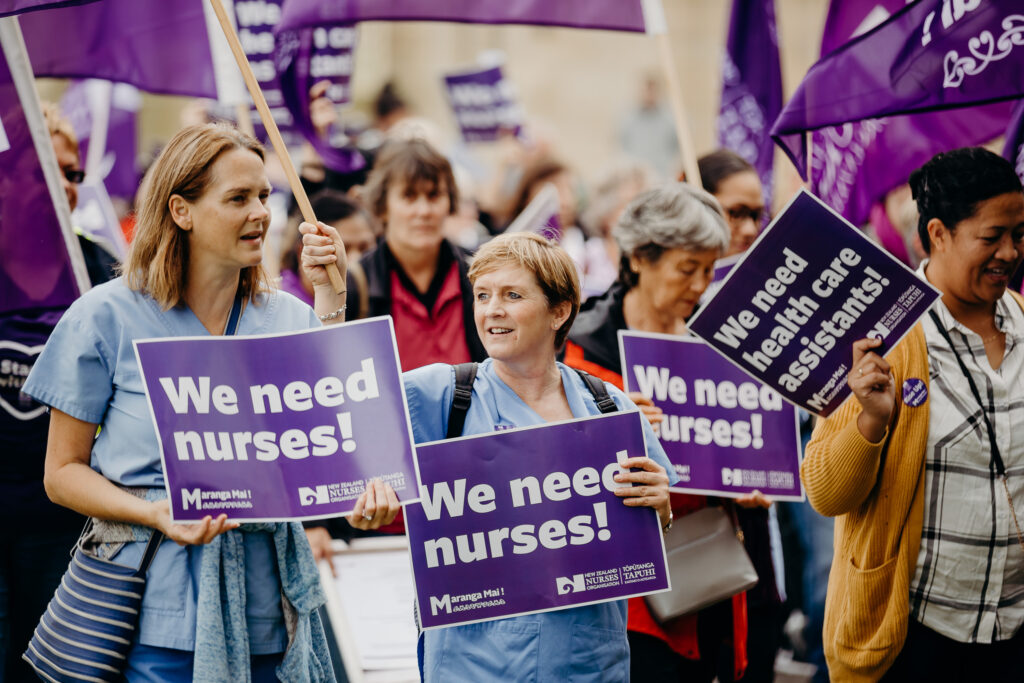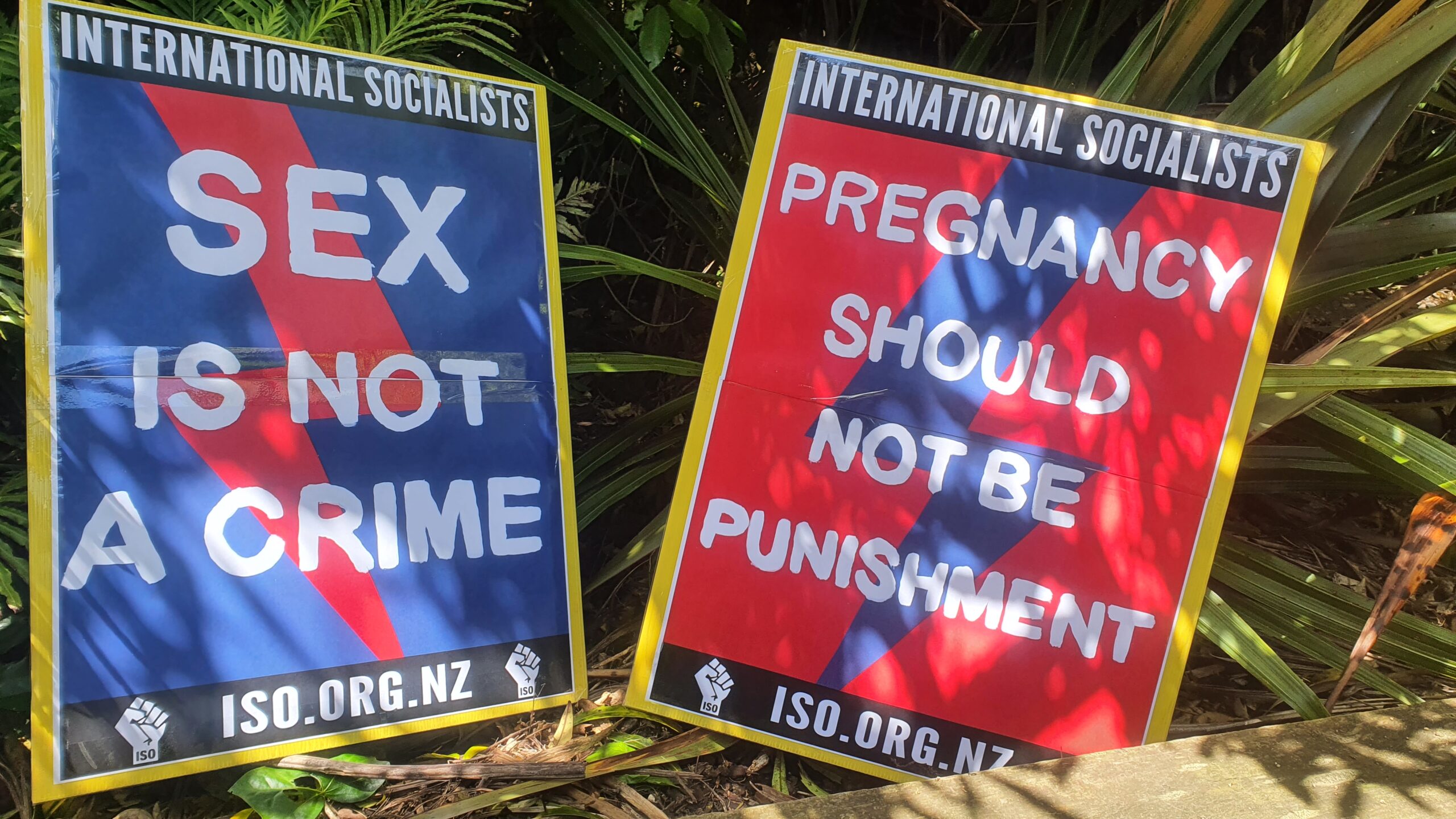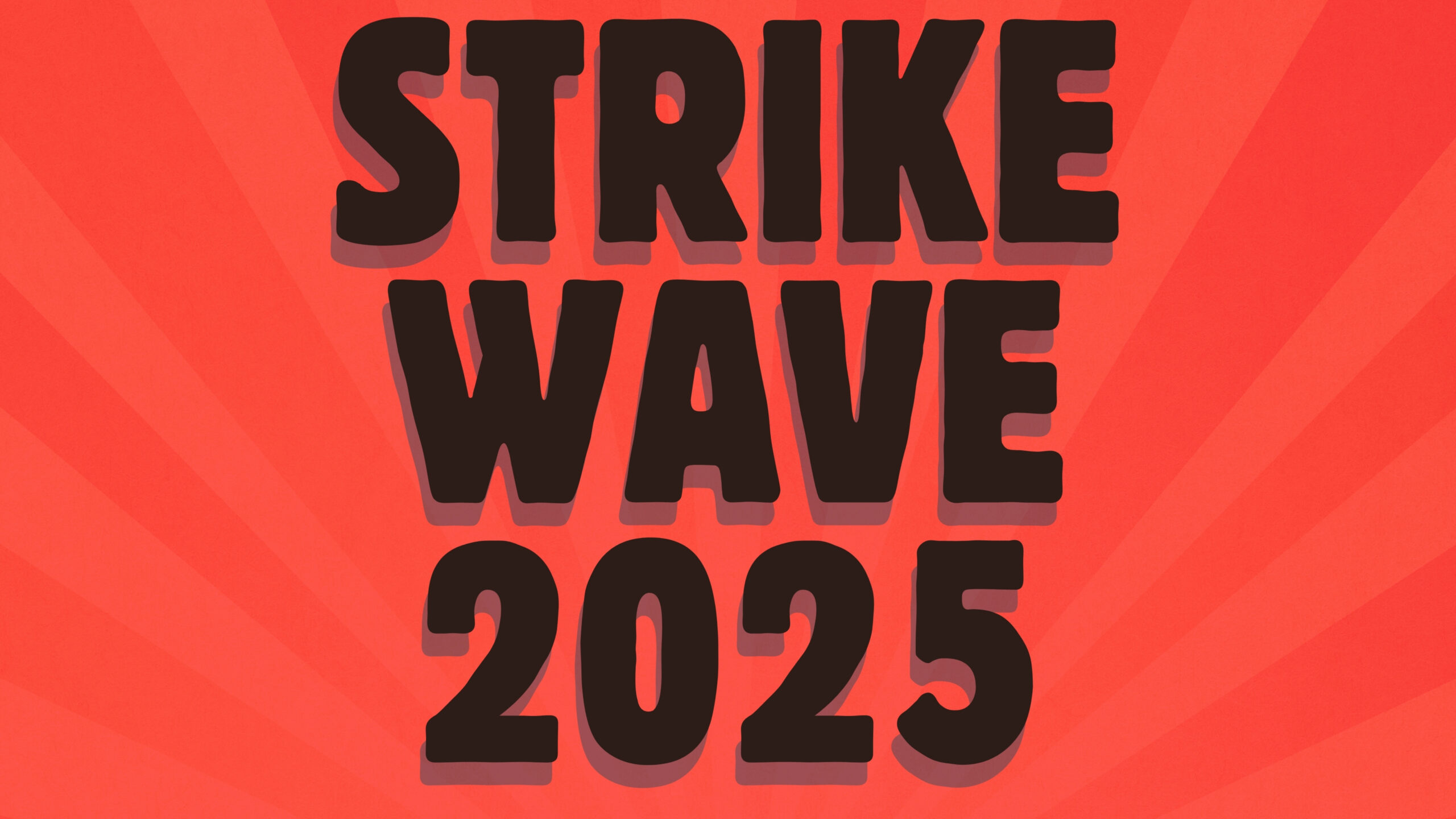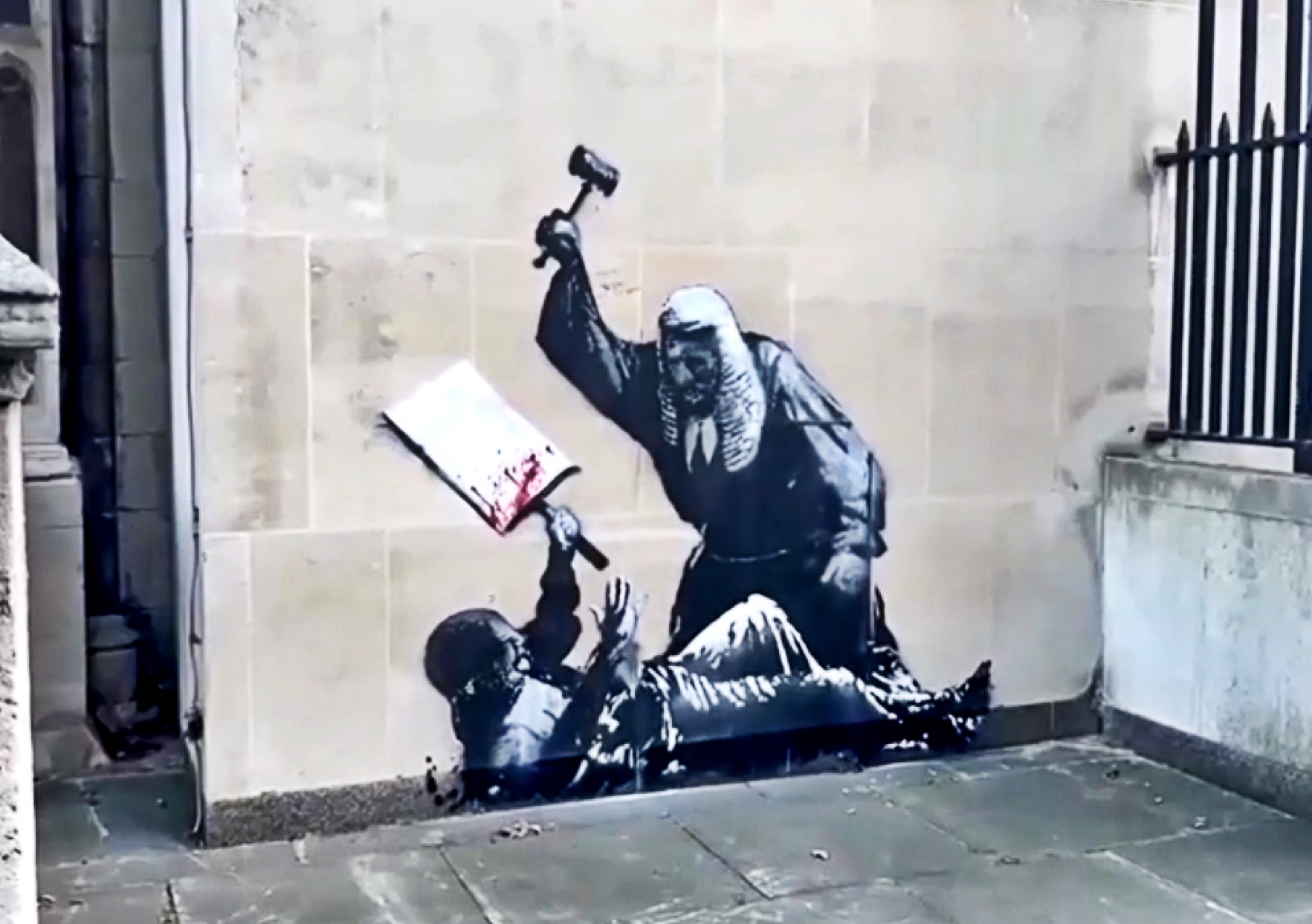Nurses, midwives, and healthcare assistants have voted to go on a 24-hour strike at the end of July. When nurses and the health system are being attacked by a government ruling for the rich, it is right to strike! The Te Whatu Ora offer of 1 percent in April 2025 and 1 percent in April 2026 amounts to a substantial cumulative pay cut with CPI inflation of 3.3 percent in 2024 and forecasts of 2.2 percent in 2025 and 2.1 percent in 2026. It is an insulting offer, driven by the Government’s agenda of cutting social spending to fund tax cuts for the rich, and deemed necessary by Health NZ because “We must produce a balanced budget in the 2026/27 financial year, with our deficit allowance reducing from $1.1 billion to $200 million next year” (Health NZ Offer, May 12, 2025. p.1). Budgetary austerity is explicitly being prioritised over the health and well-being of both patients and the health professionals doing their best to take care of them in often impossibly difficult circumstances. When health staff and their patients are under attack – stand up, fight back!
Acute Understaffing
Continuing to erode rates of pay and conditions of employment for nurses, midwives, healthcare assistants, doctors, and other health professionals will do nothing to address the acute staffing shortages in many areas of our health system. In 2023, “more than a quarter of nursing shifts were below target staffing numbers, and some wards operated below safe staffing levels nearly all of the time.” (Paul Goulter, NZNO Chief Executive). Clearly the situation has deteriorated even further since then. A survey of 925 nurses delivered a clear message: “As well as understaffing leading to burnout, nurses fear it poses real risks of harm to patients in their care. Responses were heartfelt and reflect the passion they have for their profession, but many are at breaking point and are considering leaving nursing or going overseas for better pay and conditions.” Despite this, nothing in the Health NZ offer suggests that urgently required steps will be taken to address the unsafe levels of understaffing.
Pay Equity
Making the situation even worse is the $12.8 billion “set aside for women’s pay equity claim processes, [that] have been stolen from 180,000 low-income, women-dominated workforces, many of them work in health care” (Anne Daniels, NZNO President). As Daniels rightly points out, the National-led coalition government “has just ripped the pay equity legislation process out from under 33 ongoing claims, 10 of which were ours (NZNO)”, and shifted the goal posts higher, “to make it near on impossible for hundreds of thousands of undervalued, underprivileged women, many of whom are our members, to achieve pay equity.”
A Government of, by, and for the Rich and Privileged
National governing caucuses have never been representative of society as a whole, but the composition of the current Government’s caucus is remarkable. 89.7 percent of National MPs are from a small range of privileged occupations: farmers (18.8 percent), business (39.6 percent), lawyers (14.6 percent), accountants (6.3 percent), high professions (10.4 percent). With respect to ethnicity, 82 percent of National’s MPs are Pakeha and it has the lowest proportion of Māori MPs in parliament. Men make up 68 percent of National MPs, 64 percent of ACT MPs, and 63 percent of NZ First MPs.
The rich used their financial power to influence the outcome of the 2023 election, donating $24 million to fund the election campaigns of National ($15.5 million), ACT ($6.34 million), and NZ First ($2.2 million). This was more than double the $9 million donated to the centre-left parties. This level of election campaign funding is unprecedented in New Zealand’s political history. Little wonder that this National-led Government gutted pay equity legislation to create $12.8 billion of “fiscal headroom” for projects it considers more worthy, like tax cuts for the rich and increasing spending on the military by $10 billion.
A Bullshit Austerity Budget
Nicola Willis, when delivering Budget 2025, claimed that it was a “no bullshit budget” and that it was also not an “austerity budget”. But an examination of Treasury’s Budget 2025 Core Crown Expense Tables shows that the government is planning on cutting social spending in real terms across vitally important areas, including health, housing, education, and climate change responses, during the forecast period which ends in 2029. To claim it is not an austerity budget is indeed the worst kind of political bullshit. In fact, it is an example of despicable political dishonesty.
Little wonder that it is a highly unpopular budget. “Asked whether they thought the Budget delivered on 22 May will be good for New Zealand overall, bad, or would not make much of a difference, 33 percent said it would be bad and just 22 percent thought it would be good. We’ve been measuring New Zealanders’ reception of government budgets for nearly 30 years. This is the worst we’ve ever recorded,” said David Talbot, director of Talbot Mills Research (NZ Herald, 30 May, 2025). At the time of the Fifth National Government’s second budget in 2010, National was polling around 50 percent and John Key was polling over 45 percent as preferred PM. In May 2025, National remains below 35 percent, and Luxon has polled from 18.8 percent to 24.5 percent as preferred PM. This could become New Zealand’s first single-term National Government.
One of the reasons the budget is so unpopular is that it obviously favours the rich while doing nothing to address the chronic cumulative underfunding of the health system. On 18 February Consumer New Zealand reported on the findings of their Sentiment Tracker. Their headline finding was: “New Zealanders continue to grapple with financial uncertainty and growing concerns about healthcare services”. 39 percent of respondents cited healthcare as a key issue, up from 23 percent a year ago. Whilst Consumer New Zealand found health to be the second-biggest issue, a more recent poll by Horizons Research found that “Improving the health system [chosen by 62 percent] heads the list of issues New Zealanders think are the most important for the current government to take action on in 2025”.
As ISO member Martin Gregory puts it, “Everyone knows that we are in a health funding crisis. We know it because we experience it.” Patients experience it waiting for diagnosis and treatment, nurses experience it battling on with inadequate staffing on their wards, junior doctors experience it as they work exhaustingly long shifts, senior doctors experience it with deteriorating pay and conditions of employment (leading to their first nation-wide strike in May 2025), and medical laboratory workers experience it as those employed by Pathlab, Awanui Labs and Medlab Central, are paid 28-32 percent less than those working directly for the public health system, Health NZ, who perform the same tasks.
Tax Cuts for the Rich
In its 2024 Budget, the Government announced $2.9 billion worth of tax cuts for wealthy residential property investors and income tax changes that generally favoured high income earners over those on low and middle incomes. Budget 2025 provides for $1.7 billion per year of tax breaks for business investment, and Willis is talking about cutting the tax rate on corporate profits in Budget 2026. We are seeing the largest tax cuts for corporations and the rich since Roger Douglas’s budgets back in the 1980s. And like those tax cuts, the poor and middling folks are being made to pay through the impacts of rising unemployment, increasing poverty, and social services starved of the funding they need to function adequately.
Now is the Time to Strike!
This is the political context in which NZNO members can take a lead in pushing back the pro-business and anti-health austerity agenda of the National-led Government. There will be strong public support for health workers taking industrial action, just as there has been for the recent industrial action taken by junior doctors, senior doctors, and med lab workers. Nurses, midwives, and allied health professionals are not just standing up and fighting back for themselves, but in doing so are helping all of those who oppose the Government’s policies. This is a struggle that can be won with united action, effective political messaging, and strong public support. We fully support the upcoming strike action and will be joining the picket lines.
They Say Cut Back, We Say Fight Back!
Last September, over 35,000 marched against the Government’s proposed reductions to the new hospital build. On 3 December last year, many of the 36,000 members of the New Zealand Nurses Organisation held an effective nationwide 8-hour strike over staffing levels and pay. This was followed by rolling strikes. This year in Napier, hundreds took to the streets in response to Health NZ’s plan to cut their overnight urgent care service; their action was successful, and the service was saved. In 2024, Health NZ proposed pay increases for many junior doctors, but around 600 doctors in psychiatry, radiation oncology, pathology, public health, and general practice were offered pay cuts averaging 12 percent. Health NZ also tried to clawback other forms of financial compensation given to junior doctors. In response, NZRDA junior doctors struck for 25 hours and then again for 49 hours, winning notable concessions and defeating Health NZ’s proposed pay cuts. These are inspiring reminders that we are many, and they are few.
The health service crisis can be turned around, but passively waiting for a Labour-led government to deliver would be a mistake. It is good that Labour has prioritised health, but to hold them to meaningful change will need a massive build-up of pressure from below. More important than the colours of the governing parties is the readiness to struggle in the here and now.
Unified effective strikes combined with big protests can derail this Government’s plans to run the health system, our universities, and other public services into the ground. The health unions have already shown that industrial action can win concessions from a thoroughly reactionary government. We will need working-class unity in action – strikes and demonstrations – to fight for an adequately funded public health service and to fend off privatisation.
Banner image: June 2021 nurses strike in Wellington. Photo credit: kaitiaki.org.nz









